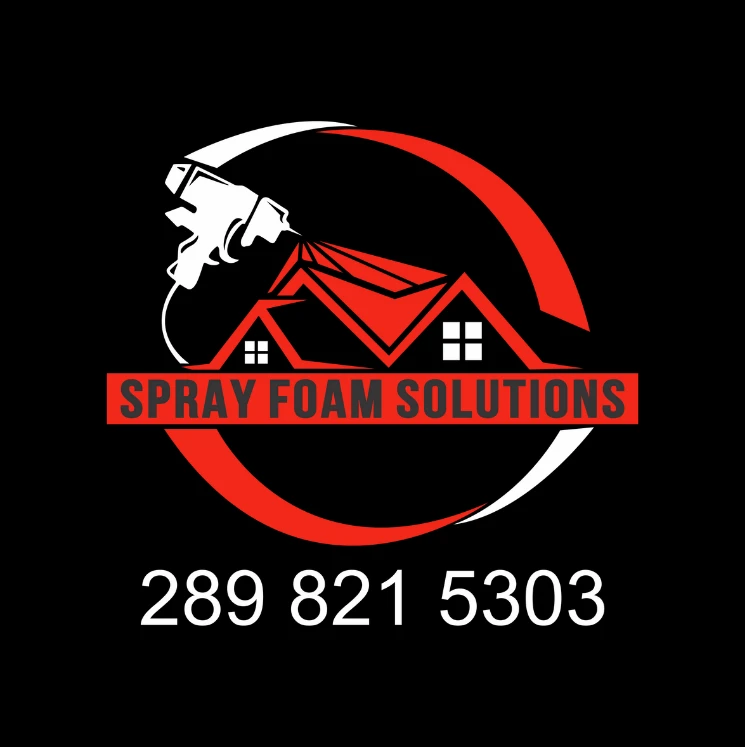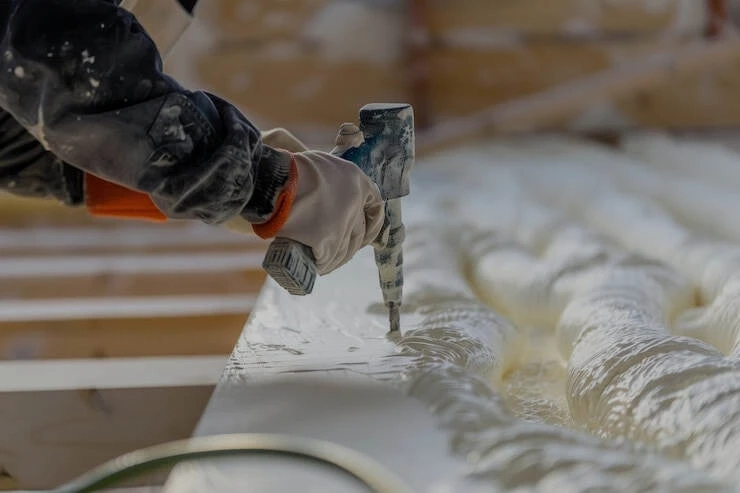The total foam insulation services for the attic aren't a single, fixed number. Several factors come into play, each contributing to the overall investment:
- Type of Spray Foam:
- Open-Cell Spray Foam: Generally lighter, less dense, and more affordable, open-cell foam is an excellent air barrier and provides good sound dampening. Its cost typically ranges from $0.35 to $0.65 per board foot (one square foot at one inch thick). It's a great choice for attics where moisture isn't a primary concern, and you need good R-value and air sealing.
- Closed-Cell Spray Foam: Denser, more rigid, and offering a higher R-value per inch (typically R-6 to R-7), closed-cell foam is more expensive, ranging from $1.00 to $2.50 per board foot. It also acts as a vapour barrier and can add structural integrity. While often chosen for basements or exterior walls due to its moisture resistance, it's also highly effective in attics, especially in areas prone to condensation or where maximum thermal performance in a thinner application is desired.
- R-Value and Thickness Requirements: The R-value is a measure of thermal resistance – the higher the R-value, the better the insulating power. Canadian building codes and energy efficiency goals often dictate minimum R-values for attics (e.g., R-50 or higher in many regions). Achieving a higher R-value means applying a greater thickness of spray foam, directly increasing material and labour costs.
- Attic Size and Accessibility:
- Square Footage: Larger attics naturally require more material and labour, leading to a higher overall foam insulation for the attic.
- Complexity and Accessibility: Attics with numerous obstructions (HVAC ducts, wiring, old insulation), low clearances, or difficult access points (e.g., small scuttle holes) increase the time and effort required for installation. This can significantly impact labour costs, as technicians need more time for preparation, protection, and careful application.
4. Preparation Work and Old Insulation Removal: If old, ineffective insulation (like loose-fill fibreglass or cellulose) needs to be removed before spray foam application, this will add to the overall cost. Similarly, any necessary repairs to the attic structure, air sealing of major leaks (beyond what the foam will cover), or ventilation adjustments will be factored into the quote.
5. Geographic Location: Labour rates and material costs can vary across different provinces and cities in Canada. Urban centres might have higher costs than rural areas due to differing overheads and demand.
Beyond the Initial Foam Insulation for Attic Cost: The Value Proposition
While the upfront foam insulation for attic cost might seem substantial compared to traditional insulation, it's crucial to look at the long-term return on investment (ROI). Spray foam delivers unparalleled benefits that quickly recoup the initial outlay:
- Dramatic Energy Savings: This is the most significant advantage. Spray foam creates a monolithic, airtight seal that virtually eliminates air leakage – responsible for up to 40% of a home's heat loss or gain. Homeowners often report reducing their heating and cooling bills by 30% to 50% annually, a continuous saving that adds up to thousands of dollars over the lifespan of the insulation.
- Enhanced Home Comfort: Say goodbye to cold spots, drafts, and uneven temperatures. Spray foam ensures a consistent, comfortable indoor environment throughout your home, regardless of the extreme Canadian weather outside.
- Improved Indoor Air Quality: By acting as an air barrier, spray foam significantly reduces the infiltration of dust, allergens, pollutants, and even pests from the attic into your living space. It also helps control moisture, preventing the conditions necessary for mould and mildew growth, leading to a healthier home environment.
- Increased Home Value: An energy-efficient home with superior insulation is a highly attractive feature for potential buyers. Foam insulation for the attic is a significant upgrade that adds tangible value to your property, often yielding a strong return upon resale.
- Durability and Longevity: Unlike batt or loose-fill insulation that can settle, sag, or degrade over time, spray foam adheres permanently to the surfaces, maintaining its R-value and effectiveness for the lifetime of your home. It's a "set it and forget it" solution that rarely requires maintenance or replacement.
- Noise Reduction: The dense, air-sealing properties of spray foam also provide excellent acoustic benefits, reducing outside noise infiltration and making your home a quieter, more peaceful sanctuary.
Is the Foam Insulation for Attic Cost Worth the Investment? Absolutely!
When considering the foam insulation for attic cost, it's essential to view it as a long-term investment in your home's energy efficiency, comfort, and value, rather than a mere expense. The higher upfront cost is offset by substantial and ongoing energy bill savings, often leading to a payback period of just 3 to 6 years, especially in Canadian climates with their harsh winters and hot summers.
Furthermore, Canadian homeowners may be eligible for various government rebates and incentives, such as the Canada Greener Homes Grant, which can provide financial assistance for energy-efficient upgrades like spray foam insulation. These programs can significantly reduce the initial foam insulation for the attic, making the investment even more accessible and attractive.
Getting an Accurate Estimate
To get a precise foam insulation cost for your attic, it's crucial to schedule a professional, on-site assessment. At Spray Foam Solution, our experts will:
- Evaluate your attic's current condition, size, and accessibility.
- Discuss your specific needs and energy goals.
- Recommend the most suitable type of spray foam (open-cell or closed-cell) and the optimal R-value.
- Provide a detailed, transparent quote that outlines all materials, labour, and any necessary preparatory work.
Don't let the initial foam insulation for the attic deter you from securing the best possible insulation for your home. Contact Spray Foam Solution today for a free consultation and discover how a smart investment in spray foam can lead to a more comfortable, energy-efficient, and valuable home for decades to come.
• Source URL - https://sprayfoamsolution.hashnode.dev/understanding-the-foam-insulation-for-attic-cost-what-influences-the-price-tag


